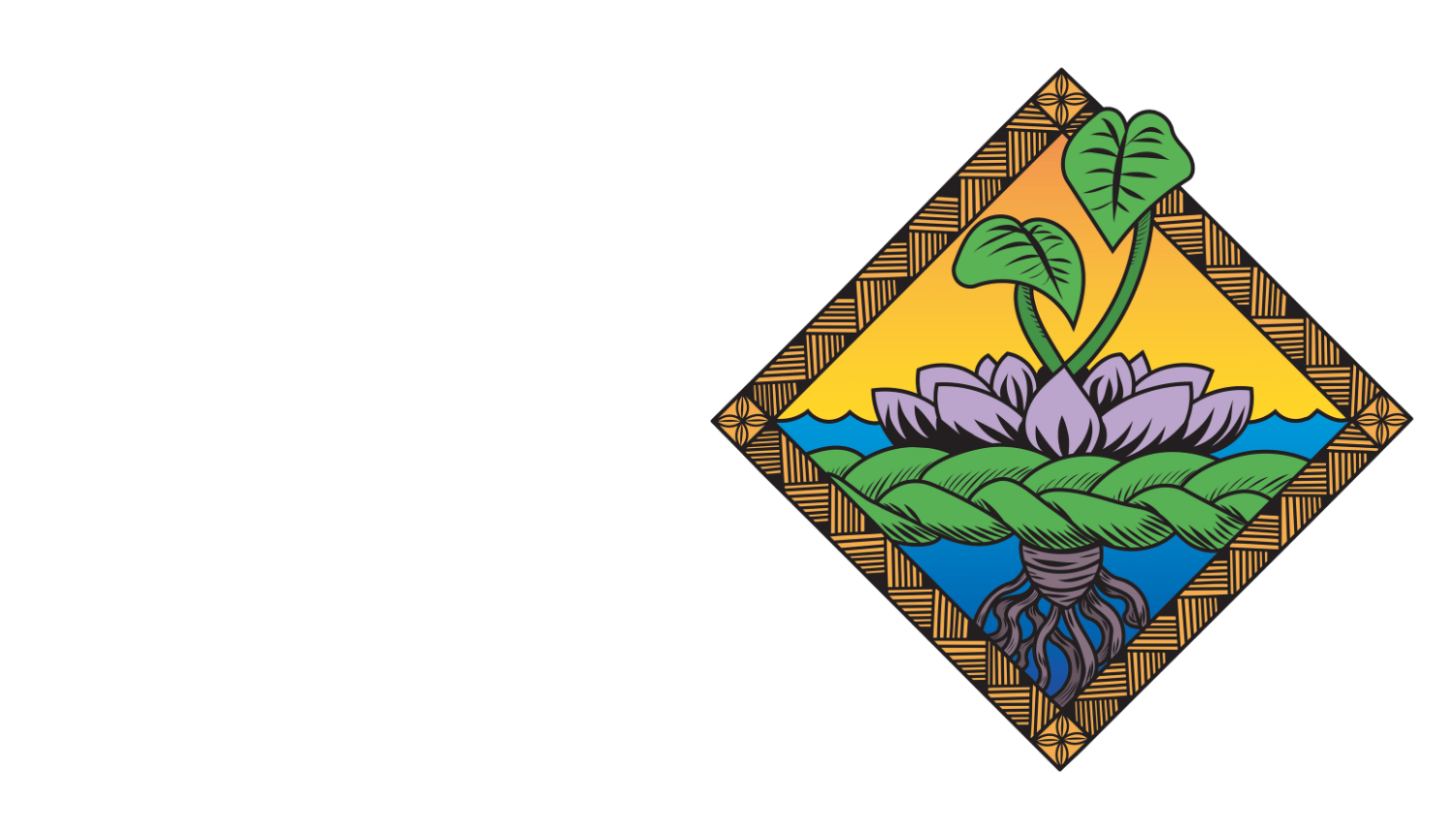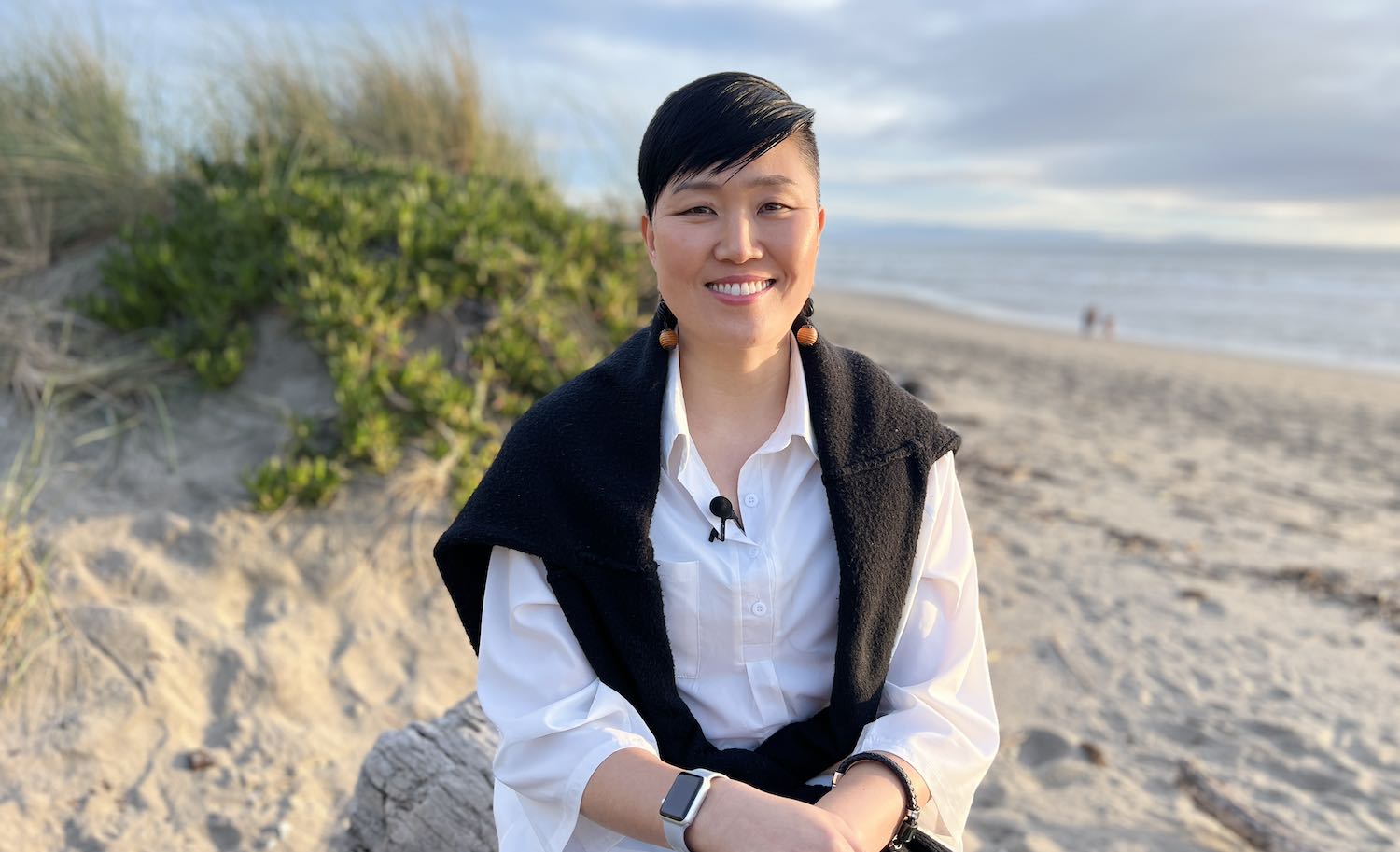“Be quiet.”
“Don’t speak up.”
“Don’t stand out.”
“Don’t be different.”
“Don’t be difficult.”
These are some spoken and unspoken messages I received from my Korean family, society, and culture while growing up in South Korea. What I realized later is that those voices continue to play an important role in my personal, professional, and social interactions in daily life.
I know I am not alone.
I’ve met many Asian women who struggle to break the silence to speak up about their own needs, rights, and experiences.
Many Asian women and girls think our silence protects us from shame, guilt, and judgment, even believing that keeping quiet keeps us safe and saves our face.
For me, the truth was the opposite.
Breaking the silence led me and my mother to experience empowerment and healing. That’s what we discovered when we started sharing our stories with each other at first and ultimately through our memoir writing.
WATCH: How did the book come to be?
Journey of Healing
It all started when I met my mother on Korea’s Jeju Island in 2019.
My mother epitomized silence throughout my life, until the night she began sharing stories about my grandmother. Her life swung wildly between poverty and privilege. She was born into a poor family and was forced to marry a rich man as his second wife. She lived through Japanese colonization and the Korean War, when she had to flee her home and lost her husband. She was left with two young children, one of them my mother.
Being resilient, my grandma started a small business in her new hometown, which was successful in the beginning. Still, she ended up losing everything again when her business partner sexually assaulted her and cheated her on a business deal. My mother’s stories shed light on my grandmother’s life before my birth; as a child, I only experienced her stoic silence.
My mother went on to share skeletons in her own closet. She spoke of fleeing her village overnight and losing her father. She surrendered her dreams of studying literature and becoming a writer. Instead, she became a nurse and later a community leader, facing gender discrimination as a single mother in conservative Korean society.
My mother and grandmother survived their tumultuous lives the only way they knew how—by enduring pain and swallowing their sorrows. After 50 years, my mother finally broke her silence on Jeju Island. As her daughter, I could finally understand my mother and grandmother. I started to connect dots, making sense of my restlessness and rootlessness.
Journey of transformation
I knew I needed to do something with all the new information and insights. I invited my mother to write a book together. Initially reluctant, wondering who’d want to read their shameful family stories, she eventually agreed, hoping her story would support silenced girls and women heal from trauma.
Once she committed, she sent me photos of handwritten notes in which she explored her trauma, emotions, and thoughts as well as the newfound energy stemming from her unexpected transformation.
I asked her to visit me and my wife in California. Again, after initial reluctance, she eventually came. She greeted Christel, my wife, with a big hug and she fully embraced our relationship, which transformed her idea of god and love.
WATCH: Why did you write this book?
One Person
During her visit I asked her what would have allowed her to make better decisions or start her healing process earlier in life.
“Having just one person to talk to,” she replied.
My mother never talked with my grandmother about hardships in her life. She explained:
“It’s not like we didn’t love each other. We just didn’t know how to talk vulnerably; we didn’t know how to listen to a painful story to support each other. We didn’t know how to encourage or comfort each other.”
She looked me in the eyes and said words I will never forget:
“Now, I have that one person in my life. It’s you, daughter. I decided to tell you about my stories, and now I have shared even more than I expected. I told you everything. I don’t feel sad anymore. I even laugh at myself and my nonsensical decisions. Now I have that one person.”
Through a stable and committed relationship with a supportive adult, her daughter, she reconnected with her younger self, restored childlike qualities and resilience, and responded to her experiences with new perspectives, self-compassion, and hope.
WATCH: What do you hope people can learn?
Collective Healing of Asian Girls and Women
As a professor at San José State University teaching counseling theories and supporting people who’ve experienced trauma, unpacking stories of trauma with my mother deepened my understanding of how intergenerational unspoken shame can emotionally mummify someone.
Through my work, I’ve met many Asian women who thought silence would protect them, but ultimately felt lost inside. I was one of them until I wrote this book. I did not know how to genuinely connect with myself. Together, my mother and I transformed our trauma into a source of love and healing.
Through sharing personal stories, women can find strength, resilience, and solidarity on their collective journey of healing and self-discovery. I hope my memoir validates, inspires, and connects many on their own healing journeys.
WATCH: full interview with Kyoung Mi Choi about her book, "The Child Behind the Bushes".
The Child Behind the Bushes is now available on Amazon!
To read more about my journey, please see my Psychology Today Blog, “Courageously and Boldly.“



